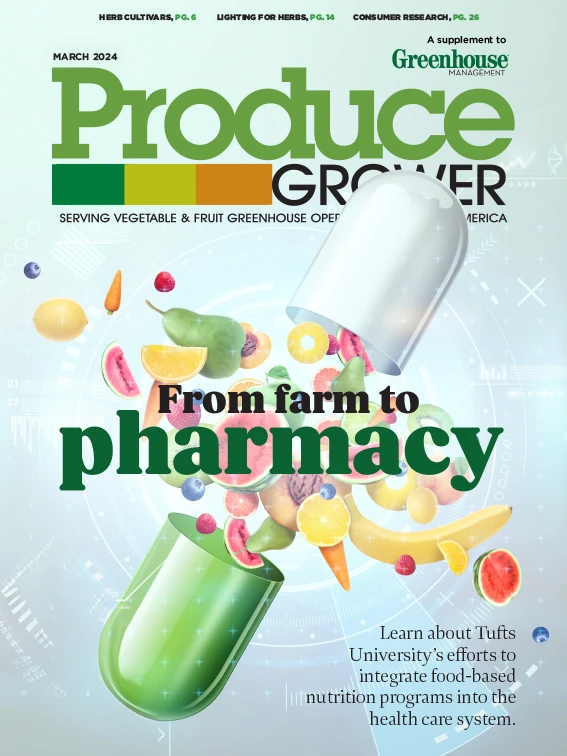




Picking a growing substrate is no longer a simple task. For years, peat moss has reigned supreme as the dominant media for growers. While it will continue to be the main substrate material for some time, growers and suppliers are starting to explore other options. One such supplier is Jiffy Group. Jiffy helps CEA growers pick the right substrate solution to use for their operation. “Part of that is understanding their production system and their goals to find the best solution for the client,” says Kyle Freedman, segment manager, CEA at Jiffy. Substrate is an integral part of indoor plant production, as getting good germination and root development is critical for healthy plants and high yield. For many growers, their goals include reducing the use of peat moss in their operations and finding alternative materials that deliver similar results.
“There is a movement to reduce the production of peat because it’s not a renewable or sustainable organic material, even though it works very well for the growth of plants, and it makes up a large bulk of substrate products that are being made,” says Freedman. “We’re finding more interest in new initiatives to increase sustainability. Having that conversation with a grower early on is extremely important. If they are interested in sustainable options and that’s important for their brand and their products, then having the discussion around what sort of materials we have that are more sustainable, more renewable or have a reduced carbon footprint will help us determine which product to choose.”
Alternative materials to peat include coconut coir and wood fiber. What makes these materials more sustainable options? “The big difference is that we harvest peat intentionally for the peat itself, whereas coconut coir and wood fiber are byproducts and waste materials from other industries,” Freedman explains. “So, it’s more sustainable because we’re not pulling raw material from the environment for its sole use. There are other industries that use coconuts and wood, and what we use would just be left for waste.”
Growers are looking for alternatives due to the unsustainable nature of peat. “They understand the nature of the material and how they can better contribute to the supply chain in the system as a whole by looking at alternative materials,” Freedman notes. However, for those continuing to use peat, it’s crucial to do so responsibly. “At Jiffy, we not only offer alternatives to peat but also focus on managing our peat bogs and peat moss in an environmentally and socially responsible way.”
Jiffy’s alternative fibers and blends can help customers begin a transition to using less peat. Jiffy has diverse products ranging from propagation products such as preforma, pellets and loosefill substrate to cultivation using growblocks, growbags and biodegradable pots.
Jiffy’s efforts are part of a big-picture goal to be proactive in their customer service. “The industry is changing quickly,” Freedman says. “We’re trying to stay ahead of those trends so that, instead of being reactive to our customers, we can be very proactive in trying to provide options and solutions before they become a problem for a grower.”

Explore the March 2024 Issue
Check out more from this issue and find your next story to read.
Latest from Produce Grower
- TIPA Compostable Packaging acquires paper-based packaging company SEALPAP
- Divert, Inc. and General Produce partner to transform non-donatable food into Renewable Energy, Soil Amendment
- [WATCH] Sustainability through the value chain
- Growing leadership
- In control
- The Growth Industry Episode 8: From NFL guard to expert gardener with Chuck Hutchison
- 2025 in review
- WUR extends Gerben Messelink’s professorship in biological pest control in partnership with Biobest and Interpolis





